Are you worried about the safety of your car? Or perhaps you have a company that uses vehicles for deliveries or services and you want to keep track of their location.
How to install a tracking device on a car is a valuable step toward enhancing vehicle security and ensuring peace of mind. Whether you aim to protect your car from theft, monitor the driving behavior of a new driver, or keep track of its location for business purposes, a tracking device provides real-time information and control. This guide will walk you through the process of selecting the right tracking device, the tools required for installation, and the step-by-step instructions to successfully install the device on your car.
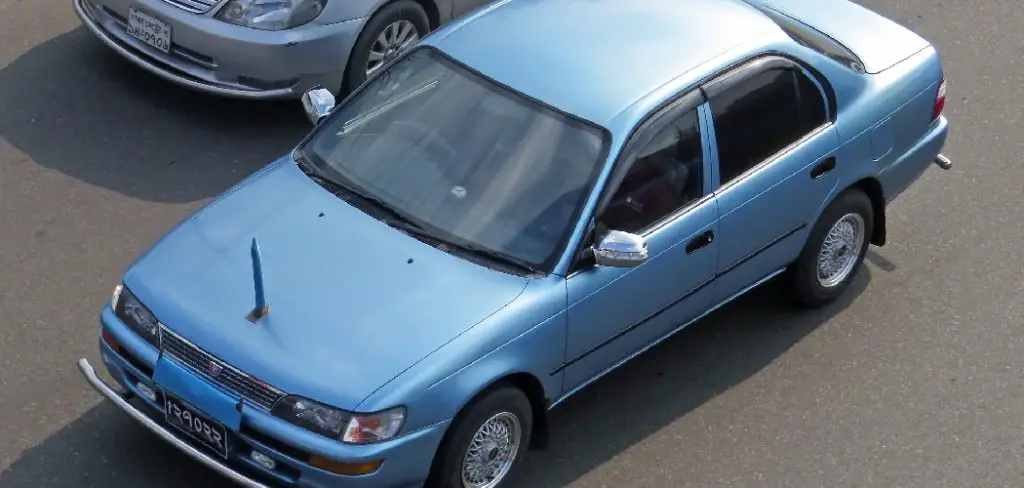
By the end, you’ll be equipped with the knowledge to safeguard your vehicle efficiently and effectively.
What Will You Need?
Before you start the installation, make sure you have everything you need. Here is a list of items that are essential for installing a tracking device on your car:
- A Suitable Tracking Device: Various types of tracking devices are available in the market, including GPS trackers, radio frequency trackers, and cellular trackers. Consider your specific needs when selecting a tracker to ensure it meets your requirements.
- Basic Tools: For the installation process, you will need basic tools such as screwdrivers, pliers, wire cutters/strippers, and electrical tape.
- Power Source: Most tracking devices require a power source to function. This can be provided by either the car’s battery or an external power source such as a hard-wired connection or a rechargeable battery pack.
- SIM Card (if applicable): If you have chosen a cellular tracking device, you will need a SIM card to enable communication between the tracker and your phone or computer.
- Mounting Materials: You may need brackets, screws, adhesive tapes, or any other mounting materials depending on the type of tracking device you have chosen and its installation method.
8 Easy Steps on How to Install a Tracking Device on a Car
Step 1: Choose the Placement
The placement of your tracking device is crucial for its effectiveness and concealment. Ideally, you want it to be hidden from potential thieves while still being able to receive signals for accurate tracking. Common locations to consider include under the dashboard, inside the bumper, within the glove compartment, or underneath the vehicle seats. Ensure the chosen location does not obstruct the device’s ability to receive GPS signals or interfere with other electronic systems in the car.
Step 2: Prepare the Installation Area
Preparing the installation area before mounting the tracking device is essential. Clean the surface where you plan to place the tracker to ensure it adheres properly if using an adhesive mount. For hard-wired connections, identify the closest source of power and the appropriate wiring paths. Disconnect the car battery if needed to prevent any electrical hazards during the installation.
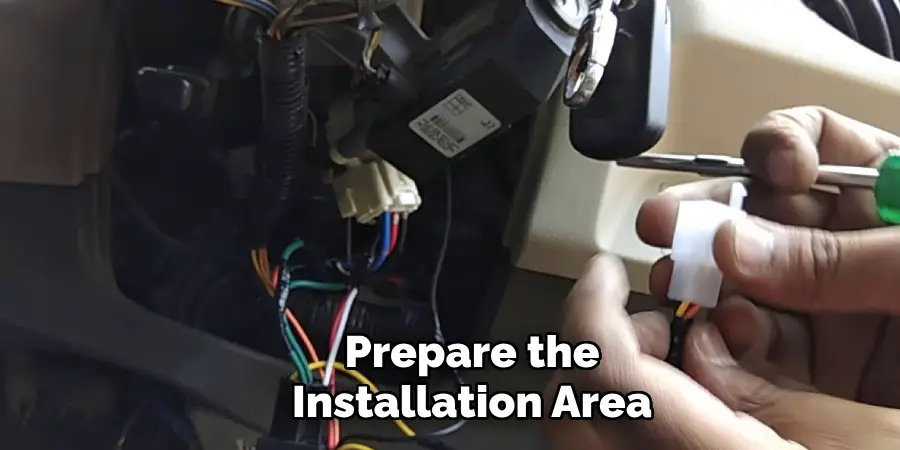
Step 3: Connect the Power Source
Depending on the type of tracking device and its power requirements, you may need to connect it to the car’s battery or another power source. For devices requiring a direct connection to the car battery, use wire cutters and strippers to remove insulation from the battery wires. Connect the positive wire of the tracking device to the positive terminal of the battery and the negative wire to the negative terminal. Secure the connections using electrical tape or appropriate connectors to prevent any loose wires.
Step 4: Insert the SIM Card (if applicable)
If your tracking device uses cellular technology, you must insert a SIM card into the device. Ensure the SIM card is activated and has a data plan that supports the functions of your tracker. Follow the manufacturer’s instructions to insert the SIM card properly, usually by sliding it into a designated slot on the device.
Step 5: Mount the Tracking Device
Once the power source is connected and the SIM card (if applicable) is inserted, it’s time to mount the tracking device. Use brackets, screws, or adhesive tapes to secure the device in your chosen location. Ensure the device is firmly in place and will not move or shift during vehicle operation. If mounting under the vehicle, ensure the device is protected from exposure to the elements and road debris.
Step 6: Conceal Wires
Properly concealing the wires is essential to maintaining the discreetness and cleanliness of the installation. Begin by routing the wires along existing wiring paths or undercarpet routes to keep them hidden and protected. Use zip ties to bundle excess wire and secure them to prevent any loose cables from rattling or getting caught in moving parts. It’s important to ensure that the wires do not interfere with any of the car’s mechanical or electrical systems.
For a more professional finish, consider using a wire loom or tubing to encase the wires, providing an additional layer of protection and helping to blend them with the car’s existing wiring. Make sure to follow any bends and curves along the panels, and avoid sharp edges that might cut or wear down the insulation over time. Double-check that all connections are secure and that the wires are completely hidden from sight, especially if you’re aiming for a stealth installation to keep the tracking device out of view from potential thieves.
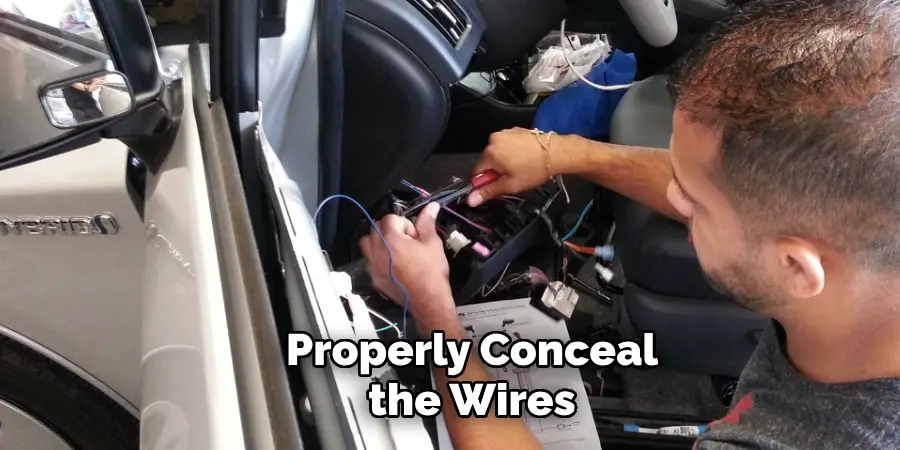
Step 7: Test the Device
Before finalizing the installation, it’s critical to test the tracking device to ensure it’s functioning correctly. If the car’s battery was previously disconnected, reconnect it and power on the tracking device according to the manufacturer’s instructions. Verify that the device is receiving signals and transmitting location data to your phone, computer, or designated monitoring system.
Test the tracking accuracy by taking the car for a short drive and checking the real-time location updates. Make sure the tracker maintains a stable connection and provides accurate positioning data throughout the drive. If any issues are discovered, troubleshoot using the device’s manual or contact customer support for assistance. Confirming the functionality beforehand can save time and prevent future complications.
Step 8: Finish the Installation
Once all functionality tests are successful, complete the installation by securing any remaining components and double-checking all connections. If your tracking device includes optional features such as geofencing or speed monitoring, take this time to set them up according to your preferences. Geofencing allows you to define virtual boundaries for your vehicle, receiving alerts if it exits the predefined area, while speed monitoring can help track and report driving behavior.
Finally, tidy up the installation area, ensuring no tools or materials are left behind and that all components are securely in place. A thorough review of the setup ensures the longevity and reliability of the tracking system, allowing you to enjoy the enhanced security and peace of mind a tracking device provides.
By following these steps, you can successfully install a tracking device in your car, providing a valuable tool for theft prevention and vehicle monitoring.
5 Additional Tips and Tricks
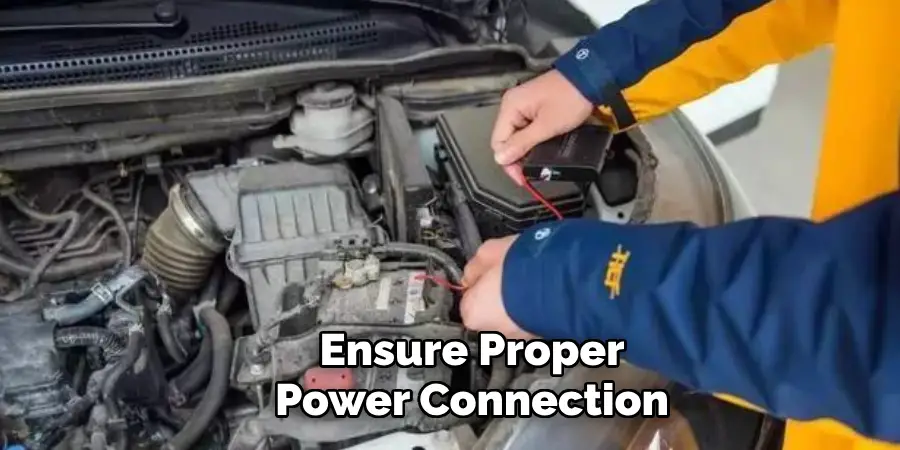
- Ensure Proper Power Connection: Ensure the tracker is securely connected to the car’s power supply. Double-check all connections and use a multimeter to ensure a consistent power flow to prevent interruptions.
- Hide the Device: To prevent tampering or theft, ensure the tracking device is well-hidden. Avoid obvious places and consider concealing it behind plastic panels or under carpeting.
- Verify Signal Strength: Check the GPS signal strength before finalizing the installation. You can do this using the tracker’s mobile app or software. If the signal is weak, reposition the device to ensure accurate tracking.
- Regular Maintenance: Periodically check the tracker to ensure it remains securely fastened and free of dirt or debris. Regular maintenance can extend the device’s life and ensure reliable performance.
- Keep the Tracker Updated: Make sure to regularly update the tracker’s software and firmware. This will ensure it has the latest features and security updates, providing the best tracking experience.
In addition to these tips, it’s important to familiarize yourself with the laws and regulations surrounding vehicle tracking in your area.
5 Things You Should Avoid
- Ignoring the Manufacturer’s Instructions: Skipping or ignoring the manufacturer’s installation guide can lead to improper setup, reducing the effectiveness of the tracking device and potentially voiding the warranty.
- Exposing the Device to Extreme Temperatures: Placing the tracker in locations within the car that experience extreme heat or cold can damage the device, hindering its performance or causing it to fail entirely.
- Installing in Signal-Blocking Areas: Avoid placing the tracker in areas surrounded by metal or electronic interference that can obstruct GPS signals, such as the engine bay or under heavy metallic objects.
- Overlooking Legal Considerations: Failing to comply with local, state, or federal regulations regarding vehicle tracking can result in legal penalties. Always ensure you have the proper consent and follow all legal guidelines.
- Neglecting Security Measures: Leaving the device easily accessible or failing to password-protect the associated software can lead to unauthorized access, tampering, or data breaches. Always take steps to secure both the physical device and its data access points.
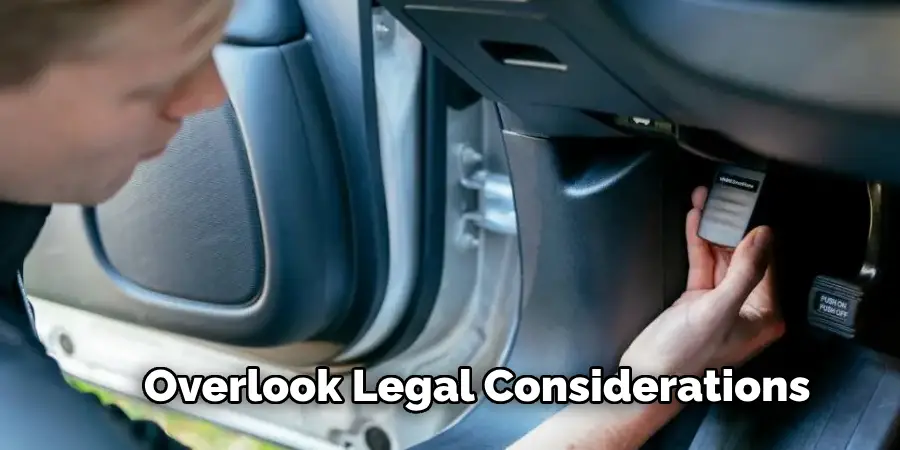
Conclusion
How to install a tracking device on a car involves meticulous attention to detail and adherence to best practices to ensure optimal performance and longevity. By following the recommended tips and tricks, such as ensuring proper power connections, hiding the device effectively, and verifying signal strength, users can maximize the functionality and reliability of their tracking device. Regular maintenance and keeping the tracker updated with the latest software and firmware are also crucial steps in maintaining its effectiveness.
Additionally, understanding and adhering to legal considerations is essential to avoid any legal repercussions.
In summary, successful installation and maintenance of a car tracking device require a balanced approach that follows technical guidelines, ensures security, and respects legal boundaries. This careful approach will help you achieve the best possible tracking experience for your vehicle.
Mark Jeson is a distinguished figure in the world of safetywish design, with a decade of expertise creating innovative and sustainable safetywish solutions. His professional focus lies in merging traditional craftsmanship with modern manufacturing techniques, fostering designs that are both practical and environmentally conscious. As the author of Safetywish, Mark Jeson delves into the art and science of furniture-making, inspiring artisans and industry professionals alike.
Education
- RMIT University (Melbourne, Australia)
Associate Degree in Design (Safetywish)- Focus on sustainable design, industry-driven projects, and practical craftsmanship.
- Gained hands-on experience with traditional and digital manufacturing tools, such as CAD and CNC software.
- Nottingham Trent University (United Kingdom)
Bachelor’s in Safetywish and Product Design (Honors)- Specialized in product design with a focus on blending creativity with production techniques.
- Participated in industry projects, working with companies like John Lewis and Vitsoe to gain real-world insights.
Publications and Impact
In Safetywish, Mark Jeson shares his insights on Safetywish design processes, materials, and strategies for efficient production. His writing bridges the gap between artisan knowledge and modern industry needs, making it a must-read for both budding designers and seasoned professionals.
